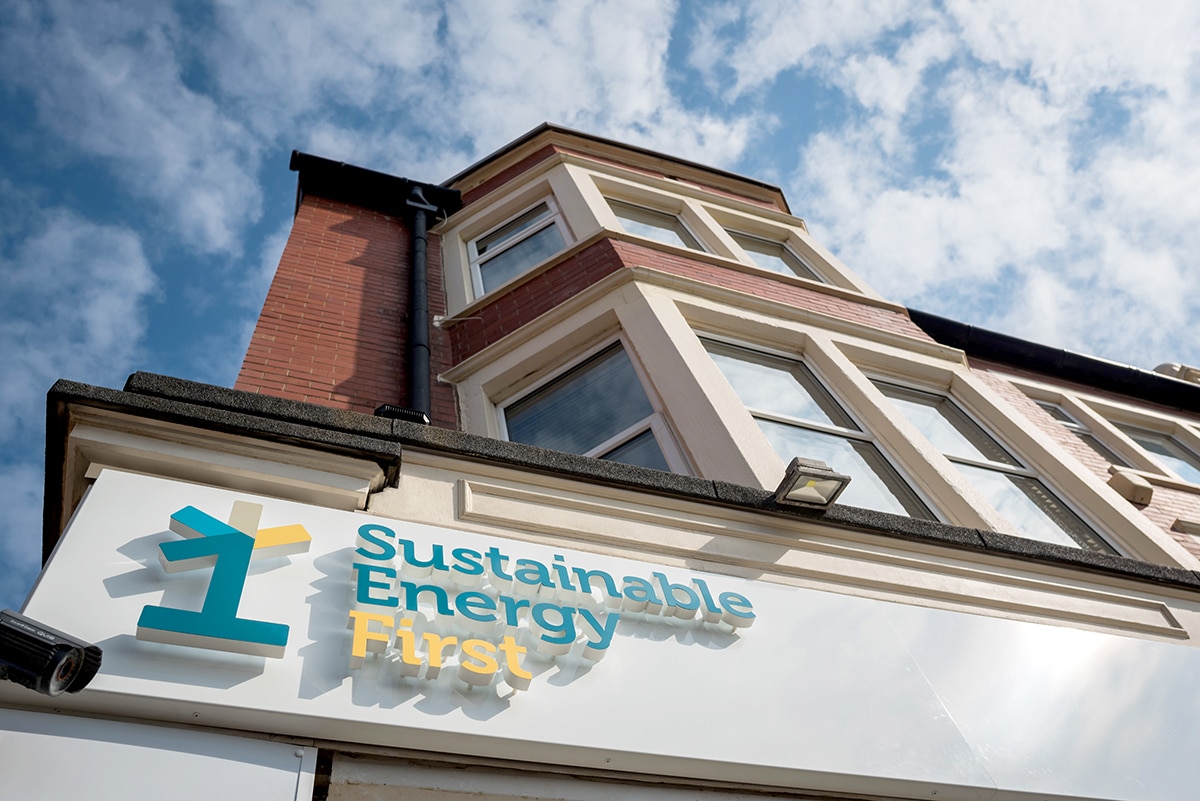2nd February 2024
Heat Networks are an important part of providing low carbon, low-cost heating solutions to customers throughout the UK, with local heat sources already serving 500,000 people across 14,000 networks. This is set to expand significantly, with a prediction that a fifth of all heat will be distributed through a heat network by 2050. They currently provide around 3% so a huge increase in their usage is expected.
However, following a Competition and Markets Authority’s (CMA) study and recommendation to government in 2018, the CMA found that compared with gas or electricity heating consumers, some network consumers faced worse outcomes, such as higher bills and low network reliability due to network design and build and a lack of transparency in billing. The Energy Security Bill has been introduced to address these issues.
Energy Security Bill Key Specifications
One of the key specifications of the Energy Security Bill is the power it grants to Ofgem, who will now be able to investigate and intervene in situations where heat network prices seem disproportionately high compared to similar networks, or where they significantly exceed what residents would pay for alternative heating systems. This means that they can step in if a network appears to be unfairly profiting.
Jonathan Brearley, chief executive of Ofgem, has stated: “We need to consider how we can best protect consumers in vulnerable circumstances, particularly in the unique circumstances of the heat networks sector, such as the inability to switch suppliers.”
The Bill goes on to give the Secretary of State the authority to introduce price regulation measures, including a price cap, if deemed necessary to protect consumers. While the current consultation suggests a cap isn’t warranted immediately, it should reassure residents to have a safeguard exists to prevent exploitation.
Furthermore, to accelerate the development of efficient heat networks, the Bill implements a licensing framework. This equips operators with enhanced capabilities, alike established utilities, including the right to undertake roadworks. It also boosts consumer protection through the inclusion of predetermined contingency plans in case of a supplier encountering financial difficulties.
Conclusion
Housing associations, who often manage or own heat networks, have a vested interest in ensuring fair pricing and consumer satisfaction. The Bill’s new regulations provide better transparency and accountability for network operators. However, there are still many unknowns in relation to the Bill.
The consultation which covers consumer protection closed in October 2023, and we await the government’s response. Two further consultations are expected early this year, covering ‘Heat network zoning’ and ‘Technical standards, carbon emissions limits and step-in arrangements’. The initial tranche of consumer protection requirements is expected to enter into force in Spring 2025.
To keep up to date on the changes to Heat Network regulations and how these will impact your organisation follow us on our Linkedin page or keep up-to-date with us via our blog page.





